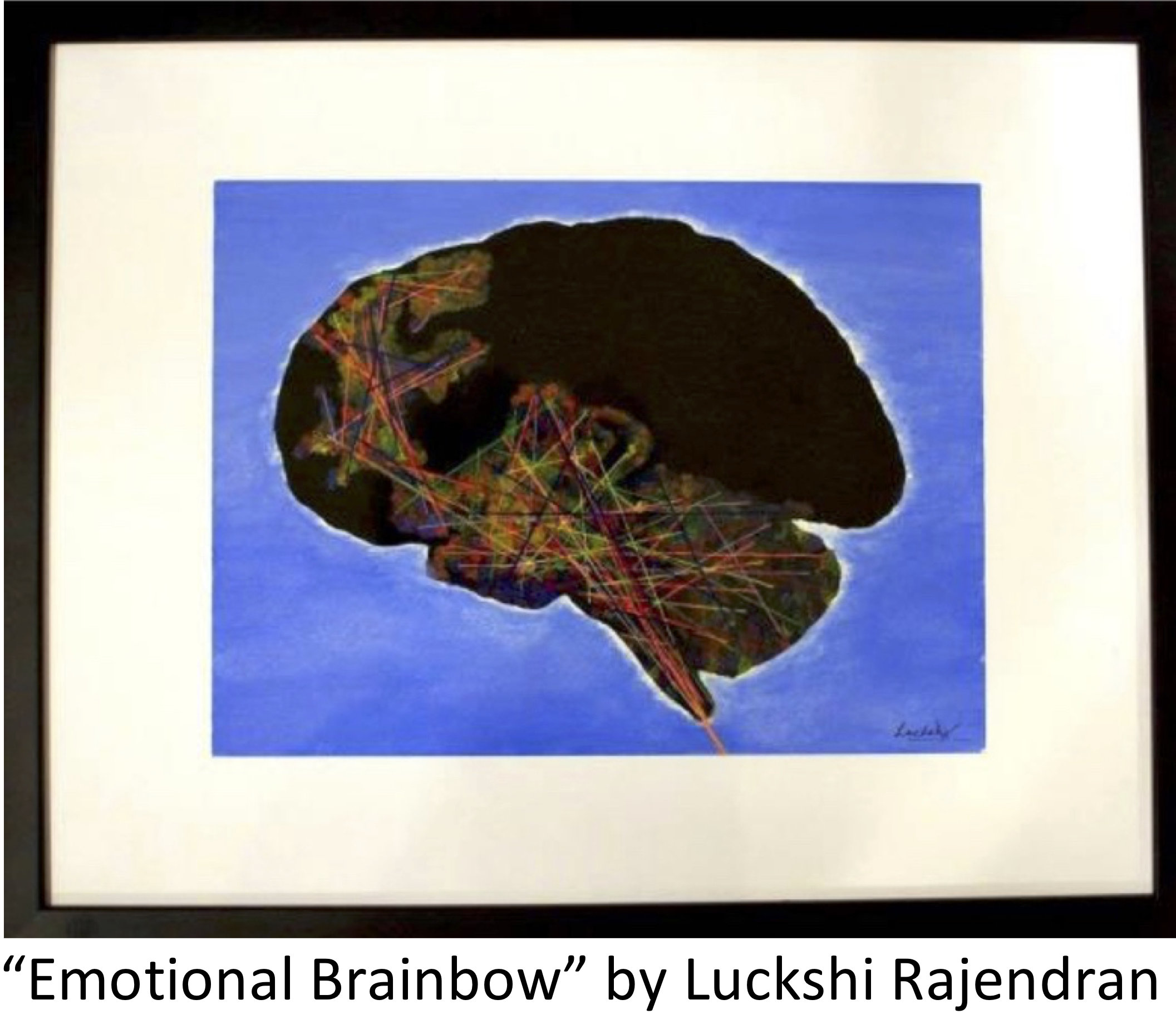The emotional brainbow
DOI :
https://doi.org/10.36834/cmej.61845Résumé
It was early in my first year of medical school that I learned about the “brainbow” - an innovative means of using genetic expression of various fluorescent proteins to colourfully label individual neurons, allowing for the visualization of neural networks within the brain. I was fascinated by the beautiful complexity of these axonal interconnections. In reflection, I drew parallels to my journey through medicine, and the intricacies of navigating human interpersonal relationships.
Medical practice includes both the soft and the hard sciences. Academic institutions teach us the hard sciences: the pathophysiology of disease, and the evidence-based practice for diagnosis and management. Over the years of my clinical training, I am learning that much of the soft science of medicine is in the human connection. It is in our ongoing practice of communication and interpersonal skills, and the subsequent relationships that we develop (or sometimes, lose) with our friends, partners, and colleagues, as we face the miracles and the hardships throughout our medical training. It is in our patient interactions: the emotions we share, the empathy we convey, and the rapport that we build in order to provide compassionate patient care. Much like the brain’s neural network, these connections are complex and ever-changing - some connections are strengthened, and others are unfortunately, and perhaps painfully, pruned.
My piece “The emotional brainbow” uses fine multicolours of sewn thread to reflect the intricate axonal connections of brain centres involved in processing and expressing emotions: the cortex, the limbic system, the brainstem, and the cerebellum. These crucial structures communicate to facilitate our ability to understand and empathize with others, and contributes towards our continually developing practice of manoeuvering interpersonal relationships. There is a complex, overlapping interplay of these neural connections within the emotion-regulating brain centres, much like the beautifully intricate emotional human connections, which we, as health care professionals, both create and navigate.
Téléchargements
Téléchargements
Publié-e
Comment citer
Numéro
Rubrique
Licence
La soumission d’un manuscrit original à la revue constitue une indication qu’il s’agit d’un travail original, qu’il n’a jamais été publié et qu’il n’est pas envisagé pour publication dans une autre revue. S’il est accepté, il sera publié en ligne et ne pourra l’être ailleurs sous la même forme, à des fins commerciales, dans quelque langue que ce soit, sans l’accord de l’éditeur.
La publication d’une recherche scientifique a pour but la diffusion de connaissances et, sous un régime sans but lucratif, ne profite financièrement ni à l’éditeur ni à l’auteur.
Les auteurs qui publient dans la Revue canadienne d’éducation médicale acceptent de publier leurs articles sous la licence Creative Commons Paternité - Pas d’utilisation commerciale, Pas de modification 4.0 Canada. Cette licence permet à quiconque de télécharger et de partager l’article à des fins non commerciales, à condition d’en attribuer le crédit aux auteurs. Pour plus de détails sur les droits que les auteurs accordent aux utilisateurs de leur travail, veuillez consulter le résumé de la licence et la licence complète.











